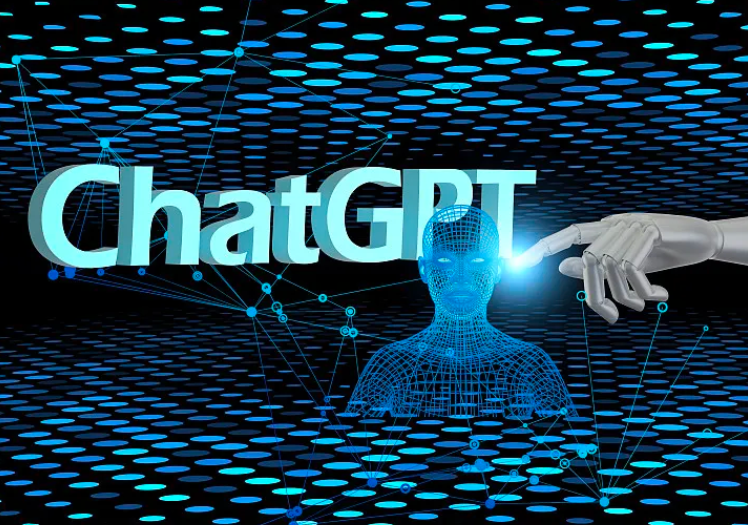ChatGPT AI Response Quality Evaluation and Improvement Techniques
-

Evaluating and improving the response quality of ChatGPT is a critical task. Below are some techniques and methods to help you assess and enhance response quality:
Grammar and Logical Accuracy: Check whether the responses generated by ChatGPT comply with grammatical rules and are logically sound. Pay attention to sentence structure, subject-verb agreement, tense usage, and other potential errors. If the response contains obvious grammatical or logical issues, try rephrasing the question or providing clearer context to avoid these problems.
Fact and Information Accuracy: ChatGPT's responses may include incorrect facts or inaccurate information. When evaluating responses, verify the facts mentioned and compare them with known accurate information. If inaccuracies are found, provide correct information to guide the model in generating more accurate responses.
Contextual Coherence: Responses in a conversation should maintain coherence with previous questions and answers. Check whether the response aligns with the prior dialogue and correctly understands and addresses earlier questions. If the response is inconsistent with the context or difficult to comprehend, provide additional contextual information or ask follow-up questions to clarify the model's understanding.
Response Length and Informativeness: Pay attention to whether the reply length is appropriate and provides sufficient relevant information. Sometimes, ChatGPT may generate verbose yet irrelevant responses or offer overly brief and incomplete answers. By limiting the generation length or explicitly requesting more detailed responses, you can enhance both the informativeness and accuracy of replies.
Domain and Expertise: ChatGPT's understanding of specific domains and professional knowledge may be limited. For questions involving specialized fields, verify whether the model's responses are correct and accurate. In such cases, providing additional domain context or guiding the model to think within that specific area can improve results.
Iteration and Clarification: Iterative interaction with ChatGPT is an effective way to improve response quality. Through follow-up questions, clarifications, and providing more details, you can gradually guide the model to generate more accurate and useful replies. Repeat this process until you obtain satisfactory responses.
Using Examples and Guidance: Providing example answers or clear instructions helps ChatGPT better understand your intent and generate more accurate responses. You can offer sample questions, expected answer formats, or direct the model to use specific reasoning approaches.
Balancing Diversity and Creativity: Occasionally, ChatGPT may produce overly conservative or conventional replies. You can adjust the sampling temperature to balance response diversity and creativity. Higher temperature values encourage more varied and innovative answers, while lower values yield more deterministic and conservative outputs.
By combining these techniques and methods, you can evaluate the quality of ChatGPT's responses and improve their accuracy and usefulness through iteration and guidance. Remember, interacting with ChatGPT requires patience and experimentation. Through continuous trial and adjustment, you can gradually enhance the quality of responses to better meet your expectations and needs.
